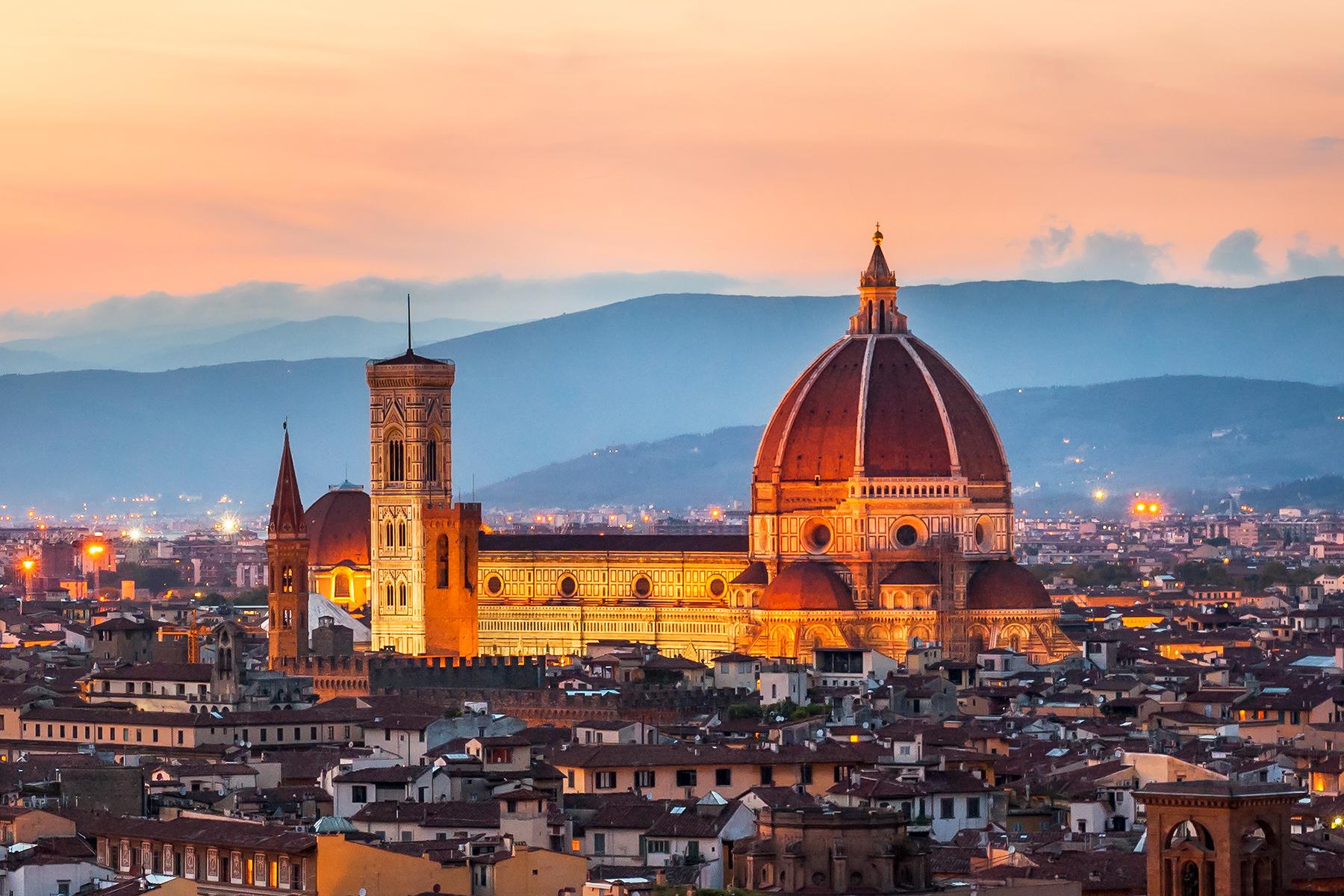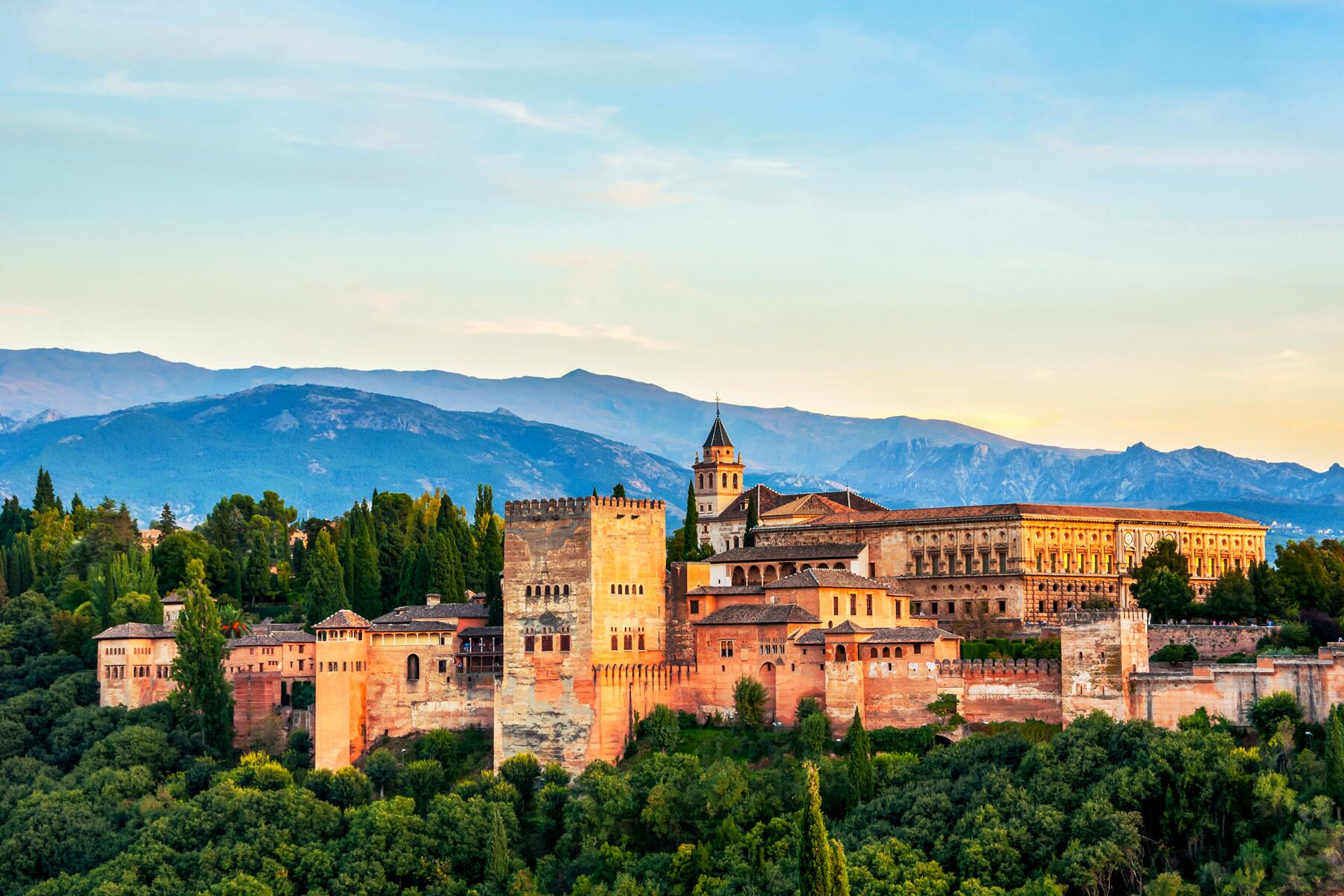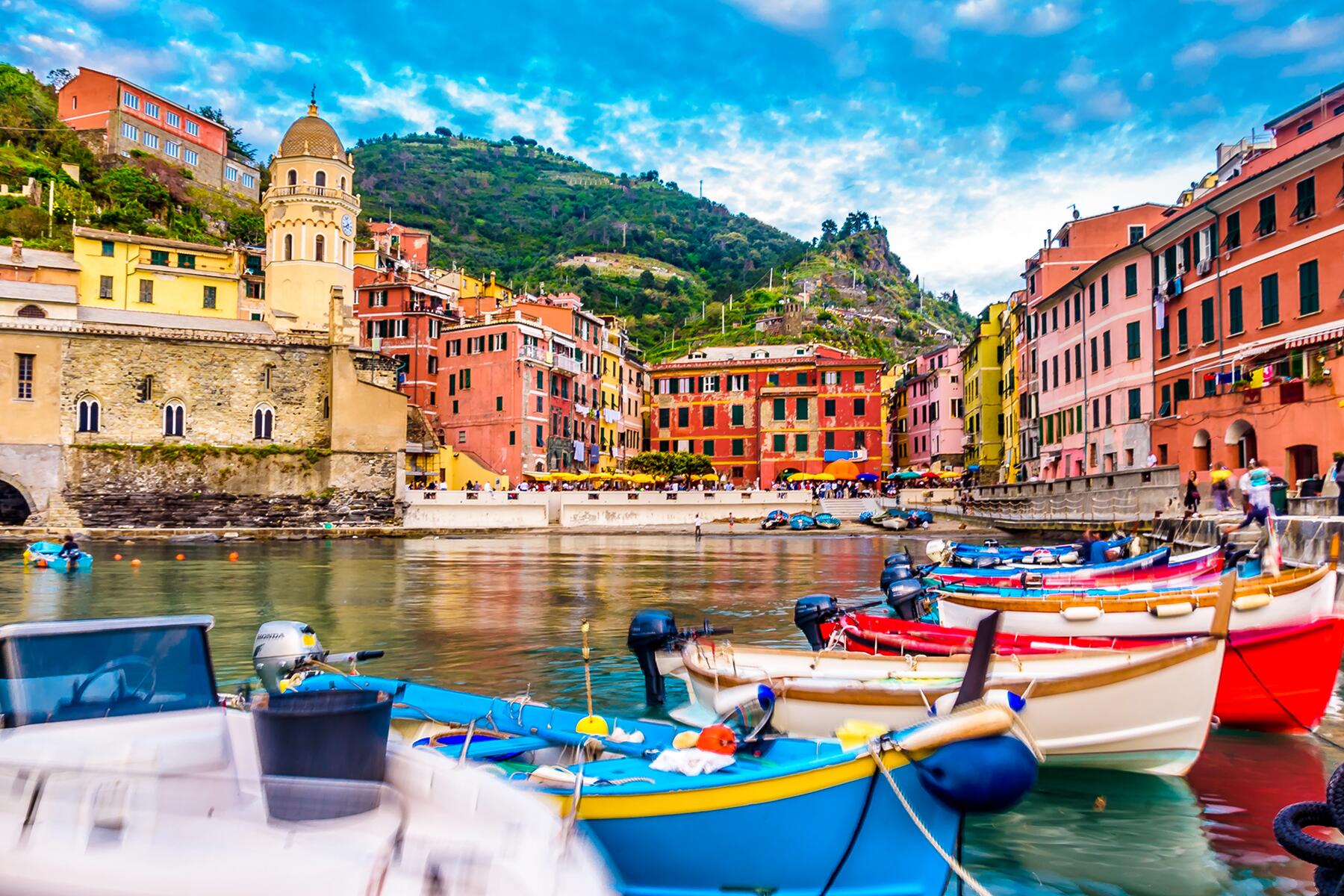Don’t just stick to the rivers and the lakes that you’re used to.
If there’s one thing you (literally) can’t miss when you visit Iceland, it’s seeing one of the more than 10,000 waterfalls around the country. They’re everywhere—lining the Ring Road, hiding behind hotels, and popping up every time there’s a new water run-off in the area.
From panoramic falls to cascades surrounded by basalt rock columns, you won’t get tired of spotting these natural wonders, as each one is a little bit different—and each comes with its own history. Though there are so many to choose from, some are more majestic than others and worth seeking out.
Ahead, you’ll find 10 waterfalls that truly live up to the hype.




